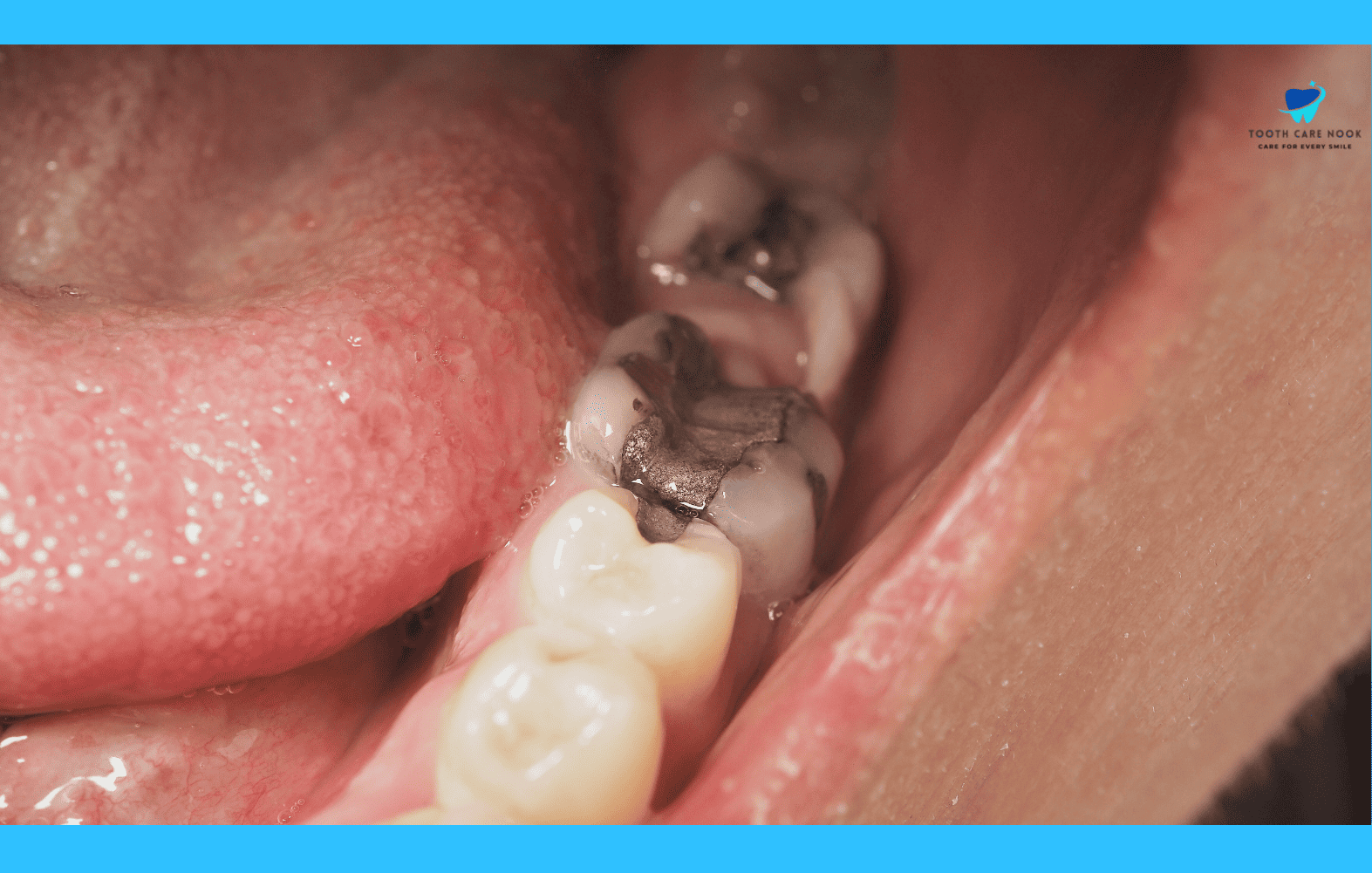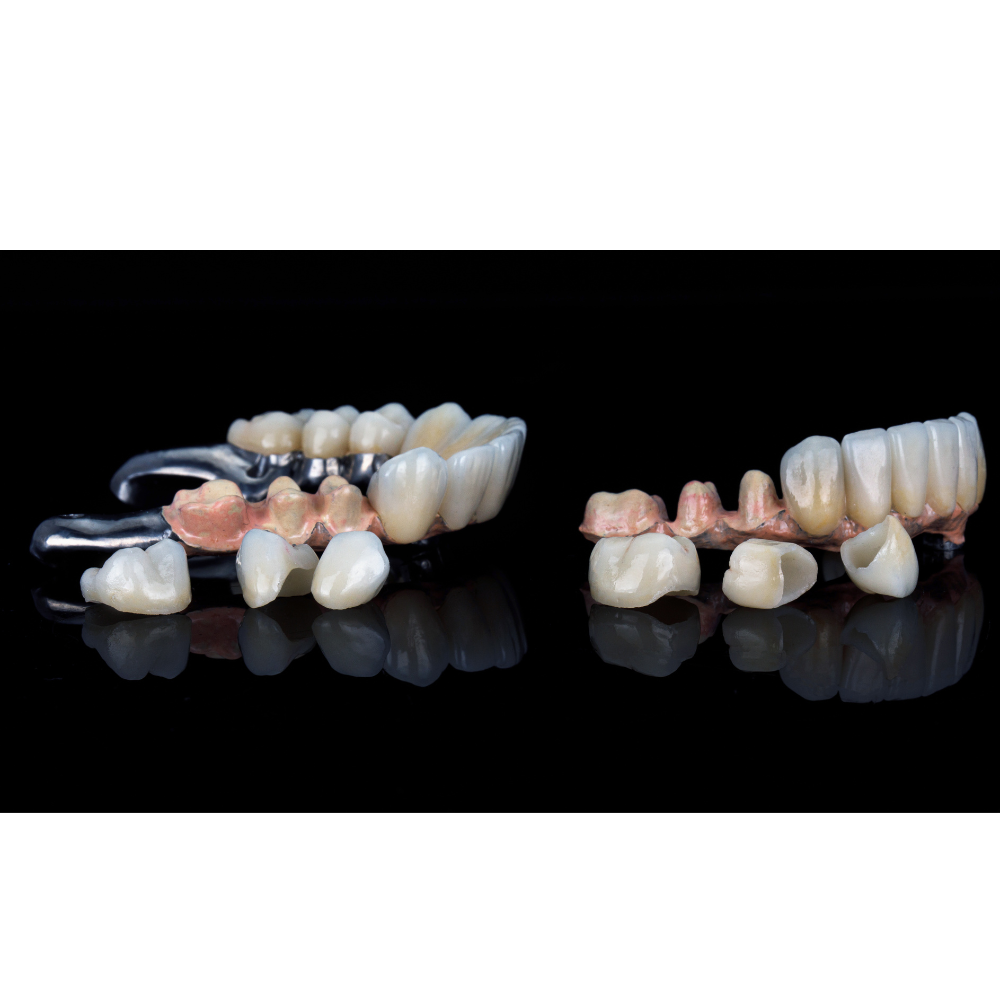Dental Cavity Classification – Different Classes Of Cavities And All
Dentists have a special way to label cavities based on where they are and how bad they are. This helps them figure out the best way to fix them. Cavities can pop up in different spots on your teeth, so it’s important to know how to deal with each kind.
Understanding the different types of cavities can help you better understand what your dentist is talking about. In this article, we will explore the various classes of dental cavities. From the common pit and fissure cavities to more severe forms of decay, we’ll cover everything you need to know about dental cavity classification.
Dental Cavity Classification
One of the most popular ways to group cavities is called the G.V. Black system. It’s like putting cavities into different boxes based on where they show up on your tooth. There are six main types of cavities according to this system.
Class 1 Caries
Class 1 caries involves the pits and fissures on the occlusal surfaces of molars and premolars, and the lingual surfaces of incisors and canines. These cavities are often difficult to see in their early stages.
Class 2 Caries
Class 2 caries are located in the proximal surfaces of posterior teeth. These cavities are not visible from the outside because they develop between teeth.
Class 3 Caries
This involves the facial or lingual surfaces of incisors and canines at the junction of the enamel and dentin. These cavities typically don’t involve the incisal edge of the tooth.
Class 4 Caries
Class IV caries are similar to Class 3 dental cavity classification but involve the incisal edge of incisors or canines in addition to the facial or lingual surfaces. These cavities often involve significant tooth structure loss.
Class 5 Caries
It develops on the facial or lingual surfaces of the cervical area of any tooth. These cavities can be problematic because they can spread into the root of the tooth.
Class 6 Caries
Class 6 cavity is the least common class, affecting the incisal edges of incisors or the cusp tips of cuspid teeth. These often occur due to wear and tear or trauma.
Importance of G.V. Black Cavity Classification System:
Here is the importance of G.V. black dental cavity classification:
Standardized System:
Provides a clear and consistent way for dentists to communicate about the location and severity of cavities.
Treatment Planning:
It helps dentists determine the most appropriate treatment approach for each cavity type.
Accurate Diagnosis:
Essential for early detection and intervention to prevent further tooth decay.
Stages Of Dental Decay
Dental decay doesn’t happen overnight; it progresses through different stages. Here are the common stages:
Enamel Decay:
This is the earliest stage where the tooth’s outer layer starts to break down due to plaque and acids. You might not experience any symptoms at this stage. It is the least severe, often treatable with fluoride treatment or lifestyle changes.
Dentin Decay:
If enamel decay isn’t addressed, it can progress into the dentin, the softer layer beneath the enamel. Symptoms include increased sensitivity to hot, cold, or sweet foods/drinks. Possible slight pain. More serious than enamel decay, requires fillings to stop the decay and restore the tooth structure.

Pulp Involvement:
In severe cases, decay can reach the pulp, the inner chamber of the tooth containing nerves and blood vessels. Significant pain, throbbing sensation, and sensitivity to temperature and pressure are the symptoms. This is the most serious stage, often requiring root canal treatment or tooth extraction.
FAQs
What Are Frank Caries?
Frank caries are more advanced stages of dental caries. It describes the point where the decay has progressed through the hard enamel layer of the tooth and reached the softer dentin layer. This is often when a cavity becomes visible.
How To Remember Black Classification?
Here’s a trick to remember the G.V. dental cavity classification:
Think of “MO Pigs Canines!”
This stands for:
MO: Mesial and Occlusal – Class I & II
Pigs: Pits and fissures – Class I
Canines: Canines – Class III & IV
Who Is The Father Of Operative Dentistry?
Greene Vardiman Black is considered the father of operative dentistry in the US.
What Class Is a Lingual Filling?
A lingual filling can fall under two classes depending on its location:
Class III: If the filling is on the lingual surface of an incisor or canine, near the biting edge but not involving it.
Class V: If the filling is on the lingual surface near the gum line of any tooth.



